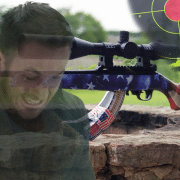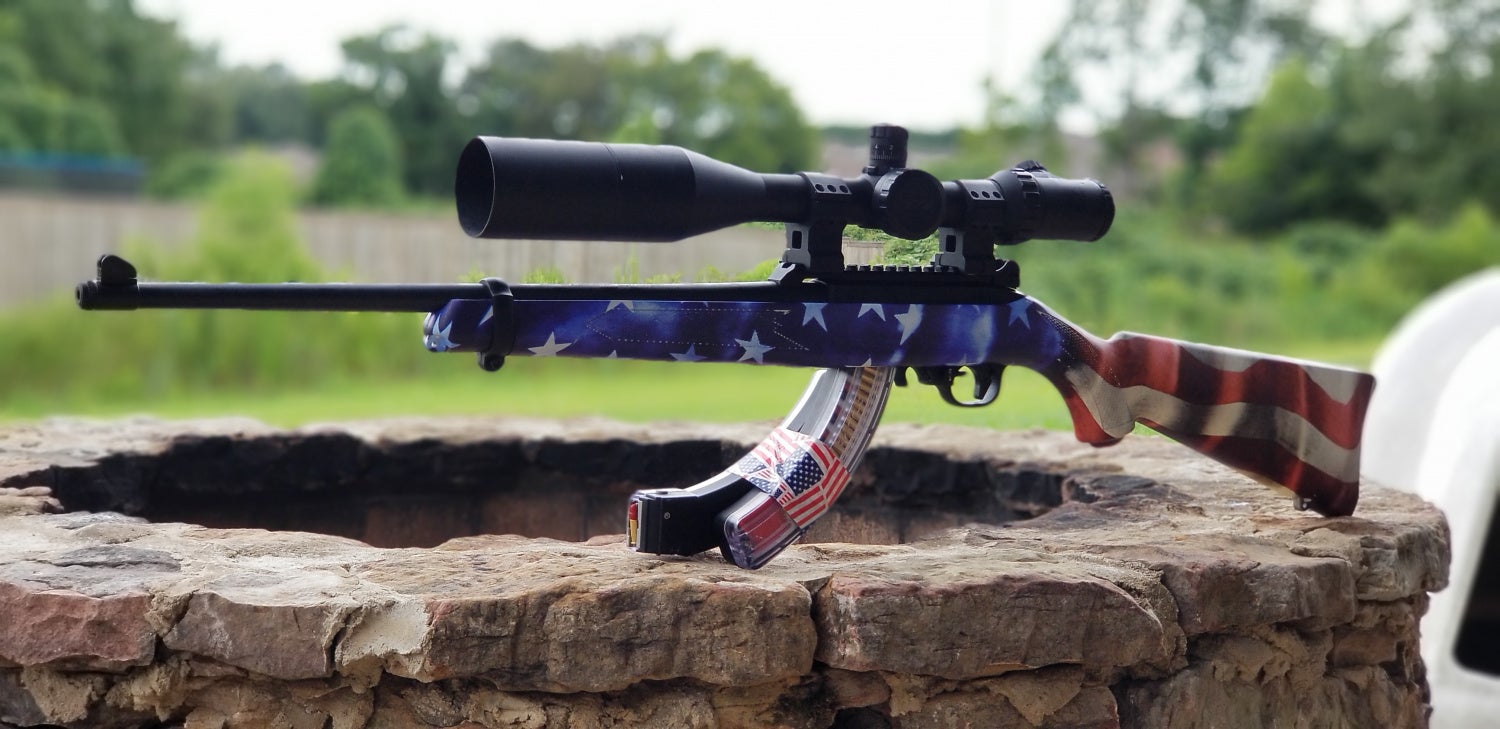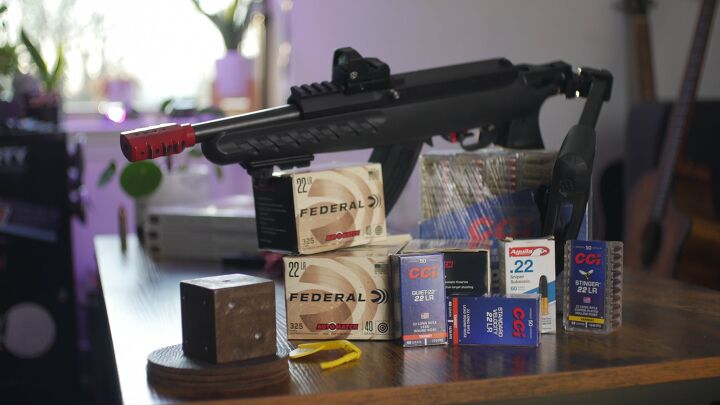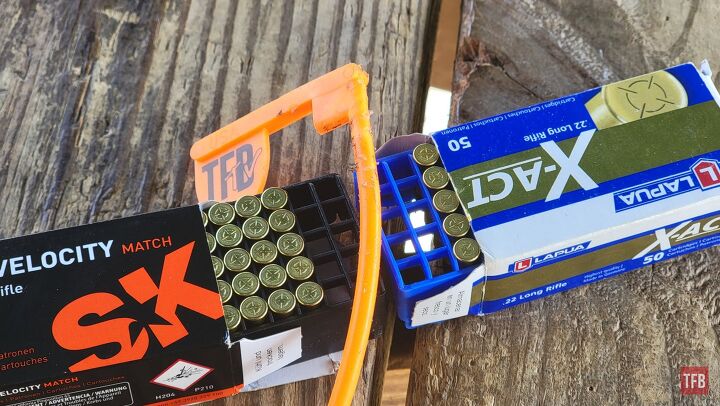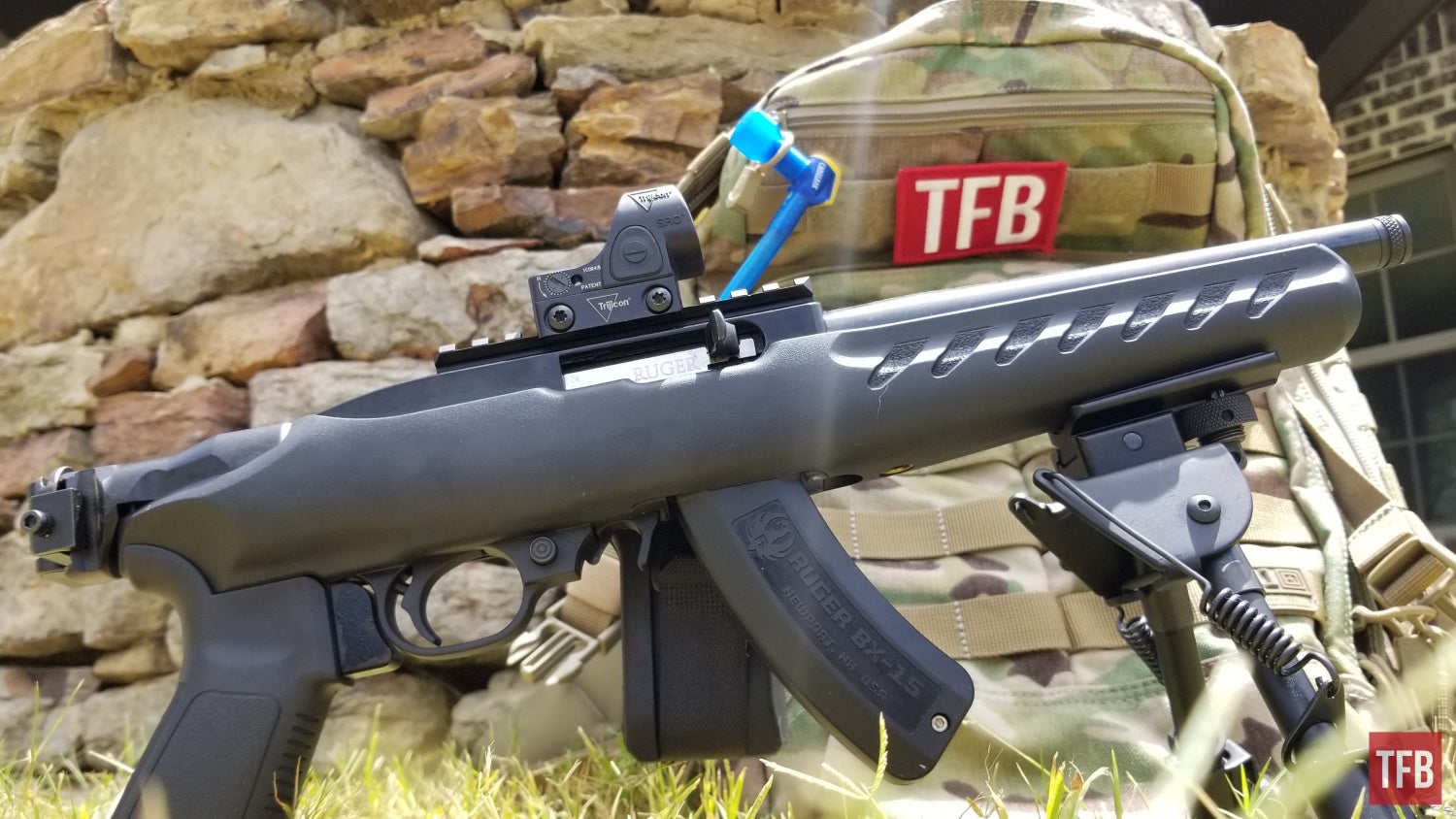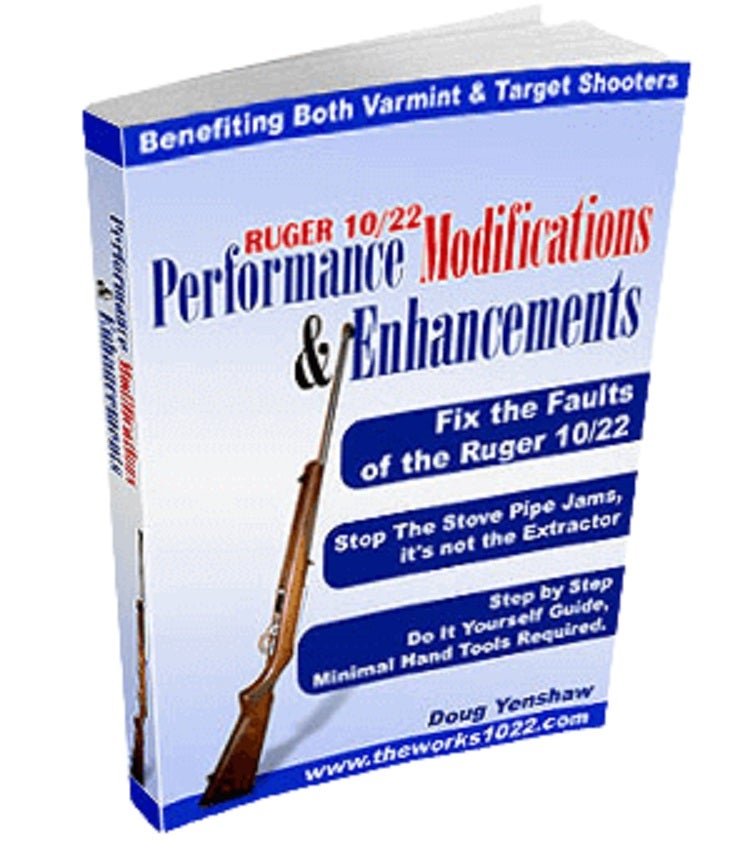Hello everyone and welcome back to another edition of The Rimfire Report! This ongoing series is all about the rimfire firearm world and its various firearms, shooting sports, ammunition types, and history! Last week on The Rimfire Report we talked about the historical significance of what was collectively known as gallery guns – basically versions of rifles and pistols that could somewhat safely be fired indoors for recreational purposes. In a lot of ways this sport lives on today in the form of air rifles in the garage or back yard at home, or sometimes even at carnivals in the form of full-auto air guns with a chance to win prizes. No matter how you approach plinking, it’s still fun and I suppose even the type of firearm (or air rifle) that you use is still irrelevant, sometimes people just want to have fun while shooting. On the flip side of things, some people are always looking for that extra bit of accuracy they can squeeze out of their rifles and pistols. Ruger 10/22 rifles aren’t exactly known for being “accurate” rifles. In fact, precision shooters or those with exceedingly high standards might go as far as to call them inaccurate. That’s why today we’re going to go over a couple of basic reasons why your factory 10/22 22LR rifle or Charger Pistol may not be producing the groups you expected, and how you might go about improving that accuracy without spending a couple thousand dollars on a precision rifle.
More Rimfire Report Articles @ TFB:
- The Rimfire Report: The Brief History of Gallery Guns
- The Rimfire Report: Steel Challenge with the MK4 Carbine
- The Rimfire Report: Fun with the New Threaded LifeCard
The Rimfire Report: Why Your 10/22 Rifle is Inaccurate
You’re Using Poor Quality Ammunition
This one should go without saying but it is often the most overlooked component, especially when it comes to 22LR. Not all rimfire ammunition is made to the highest standards, in fact, I would go as far as to say that most 22LR produced today are of questionable quality and lose tolerances in almost every aspect imaginable. SAAMI voluntary performance standards say that 22LR projectiles can range anywhere from 0.2255″ down to 0.2215″ in width. This wide range of tolerance is to accommodate for the vast amount of differences you’ll find between different 22LR firearms.
Anyone who reloads for precision will know that the consistency of the diameter of a bullet will have a direct impact on the consistency of your groupings with a particular load. Since 22LR is manufactured in bulk with affordability being one of the chief concerns, 22LR ammunition is often not cut out for the task of shooting precise groups. Certain ammunition like CCI Standard Velocity is certainly capable of producing great groups for a number of different reasons, but even with this middle-of-the-road ammunition, you’ll find inconsistencies not only in bullet diameter but also in the charge that is put into the case.
Simply put, less expensive ammunition almost always prioritizes cost and function over accuracy. As a result, you’re not going to typically get phenomenal accuracy at ranges beyond 25 yards. If you’re having issues producing decent groups from your rifle at middling distances (25-50 yards), the first thing I’d try to improve your accuracy is to try higher quality ammunition like CCI Standard Velocity, SK Match, and Norma USA T-22 Subsonic. These will be slightly more expensive than your standard bulk 22LR ammunition but also give you the best balance of accuracy and cost versus match-grade ammunition.
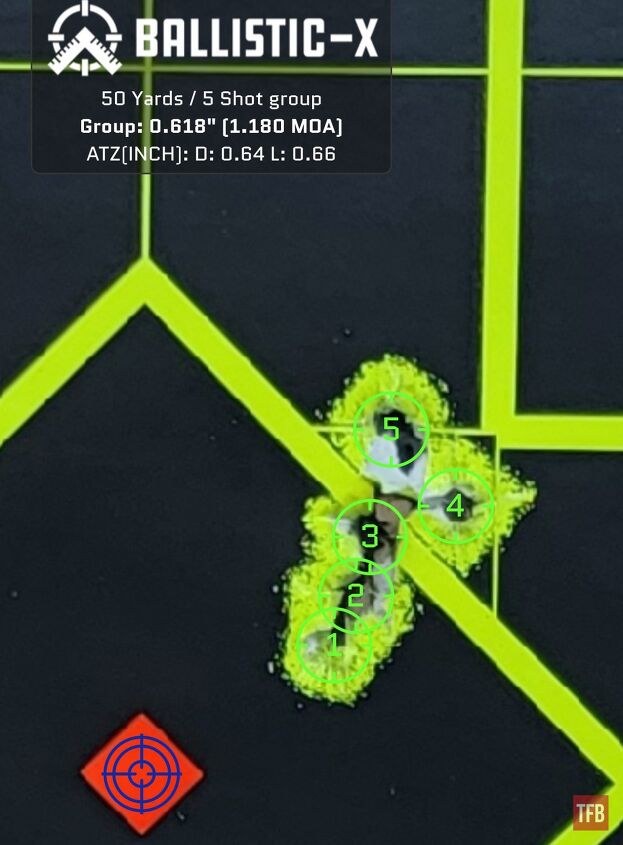
A 50-yard 5-shot group using CCI Standard Velocity out of my Ruger Charger Pistol with an 8″ stock tapered barrel.
Your Trigger Sucks
This is often a coping statement that newer shooters will spit out the very second they don’t put one ragged hole in a target at 10 yards but it might actually turn out to be true. While there is no excuse for having an undisciplined trigger pull, a sloppy, spongy, or overly stiff trigger can actually work against you when you’re trying to prioritize precision and speed. Most factory 10/22 rifles and Charger pistols have a trigger pull that ranges somewhere in the 5-8 lb pull weight range, not awful but also not great.
The easiest and probably most affordable improvement for this particular aspect is Ruger’s own solution – the BX-Trigger. The BX-Triger is a factory option that fits any Ruger 10/22 Rifle or Charger pistol and costs less than $100. The BX-Trigger brings the factory trigger pull weight down to about 2.5 to 3lbs on average which gives the user a light and crisp trigger pull with minimal overtravel.
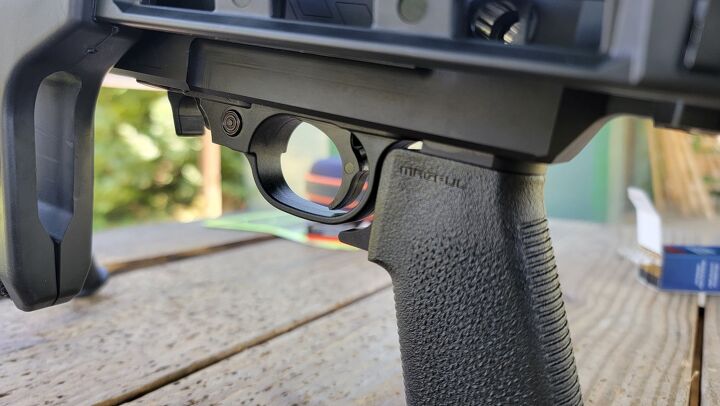
The Ruger BX-Trigger is nearly indistinguishable from a standard 10/22 trigger from the outside, but you’ll feel the difference. The Rimfire Report: Why Your 22LR Rifle is Inaccurate
For less than $150 you can get out the door with a brand-new barrel (threaded or non-threaded) that will feature better tolerances for improved accuracy. One major component that affects accuracy on less expensive rifles is the crown of the barrel which is often not uniform. If you’re wondering whether or not yours is even, you can simply take a look at the carbon residue on the barrel face to see if it looks uniform – if it doesn’t, your crown isn’t even and you’ll be getting sub-par groups with it at range.
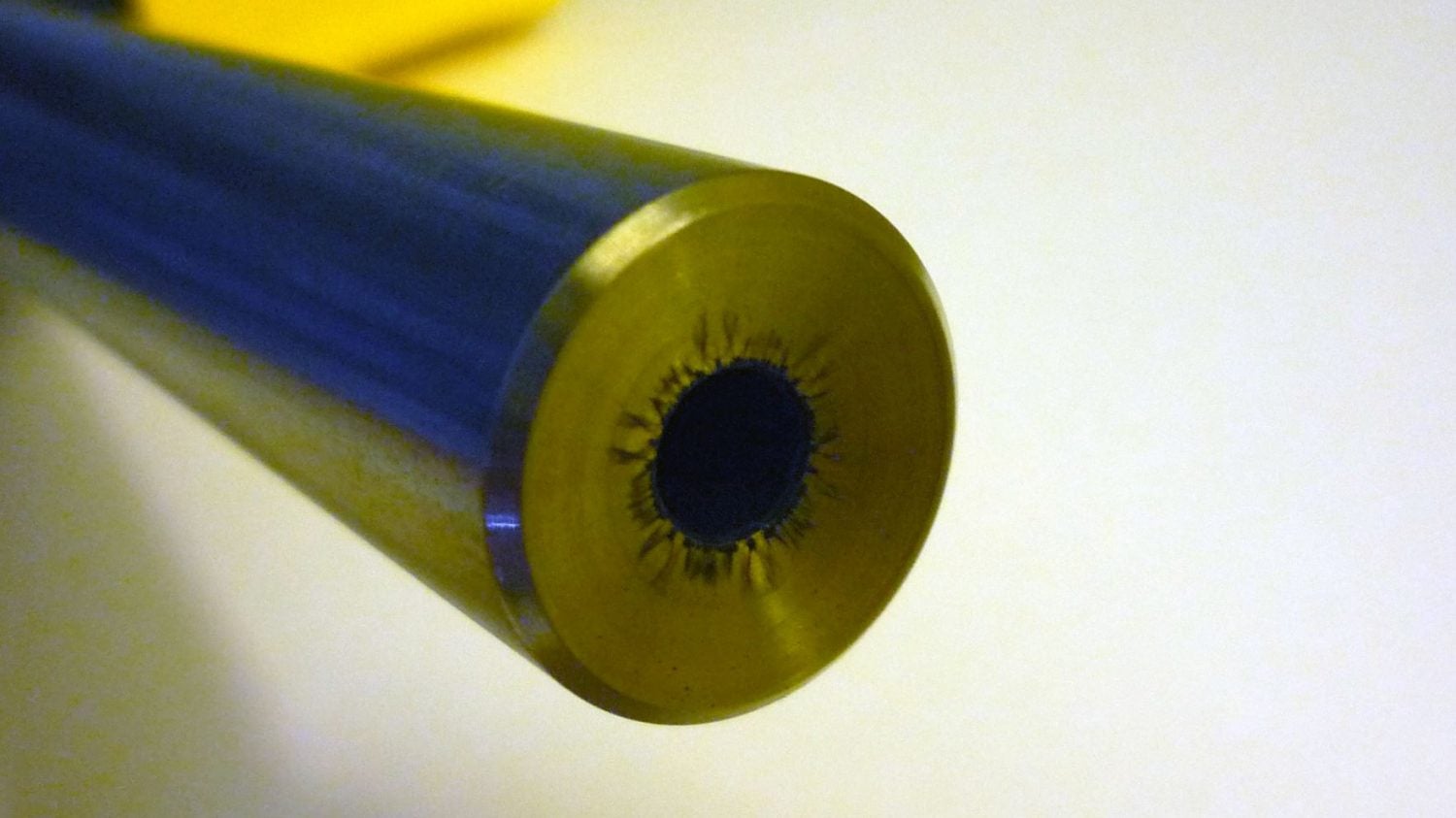
An example of a good “target crown” that features even carbon fouling around the muzzle.
Some experts will say that a quality barrel should take precedence over match ammunition and in some regards I can see where they are coming from. However, I like to shoot more and pay less so my first solution to solving inconsistent accuracy is usually going to be ammunition simply because I can swap ammo instantly versus having to purchase a whole other barrel and get it torqued properly.
What Do you do to enhance your 10/22’s accuracy?
These are just a couple of my priority suggestions for where your 10/22 rifle might be falling short in the accuracy department. There are literally dozens of small components and modifications that can be made at home cheaply that can improve your 10/22s accuracy but the ones listed above are what I’ve gotten the most mileage out of with my 10/22 collection.
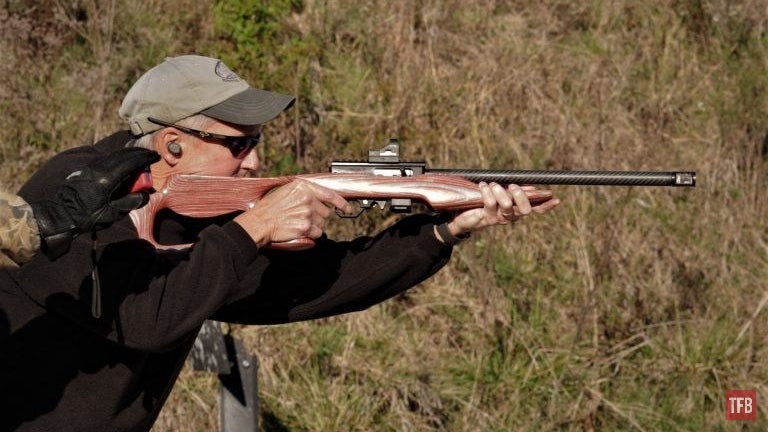
The Rimfire Report: Why Your 22LR Rifle is Inaccurate
A lot of the tips I’ve gathered over the years have come from a great book I’d highly recommend for any rimfire junkie – Ruger 10/22 Performance Modifications and Enhancements. If you’re serious about getting your 10/22 tuned for a rimfire competition, or you just enjoy the feeling of being able to put one ragged hole through a target at 100 yards, this book might be the single best investment you can make for your 10/22 rifle.
I’d like to hear what you guys do or have done to improve the accuracy of your Ruger 10/22 rifles. What kind of ammunition do you use and does it work well in all your rifles? Let us know your methods and tips down in the comments below and as always thank you for stopping by to read The Rimfire Report! We’ll see you all again next week!
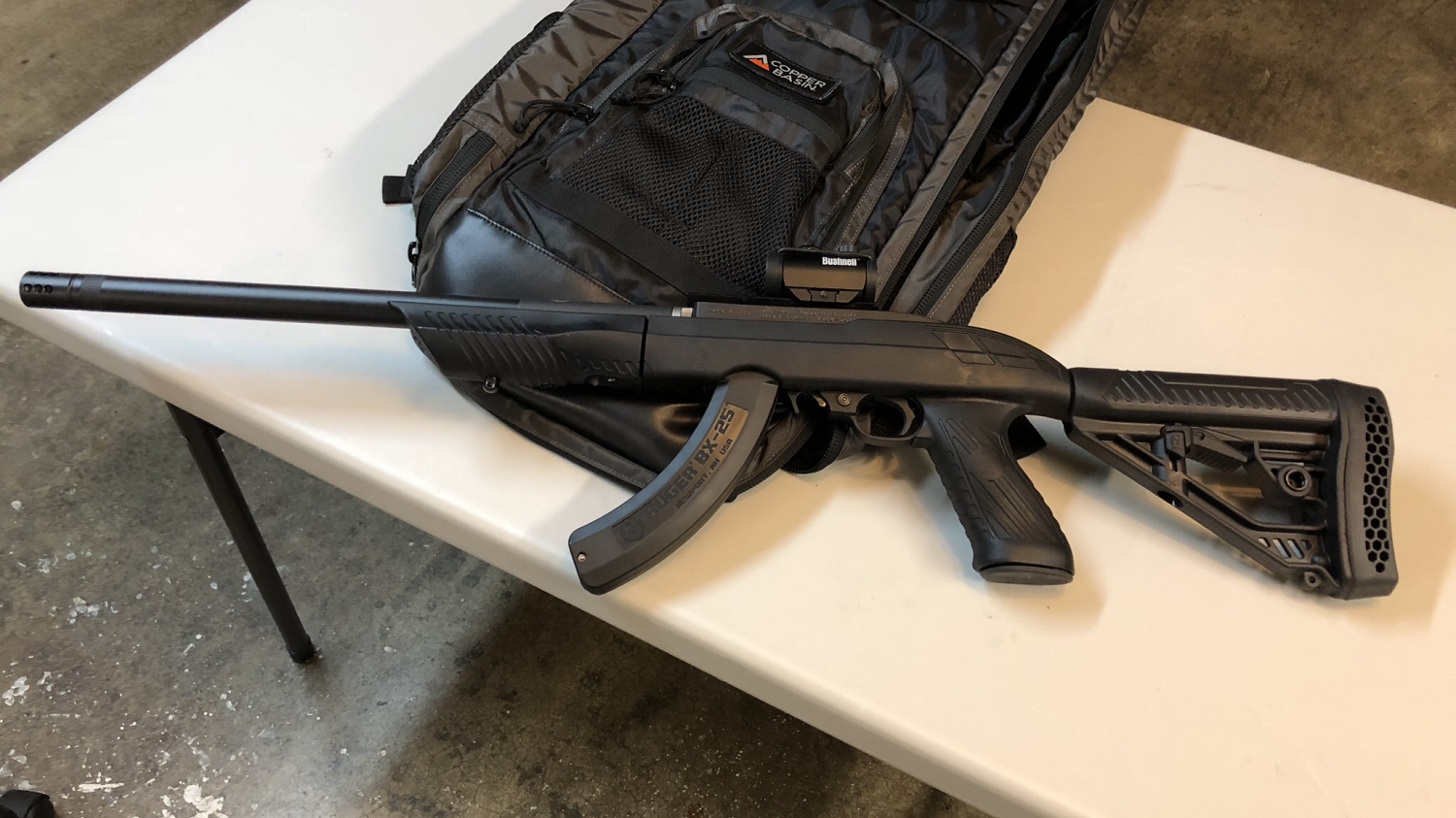
The Rimfire Report: Why Your 22LR Rifle is Inaccurate
We are committed to finding, researching, and recommending the best products. We earn commissions from purchases you make using the retail links in our product reviews. Learn more about how this works.


